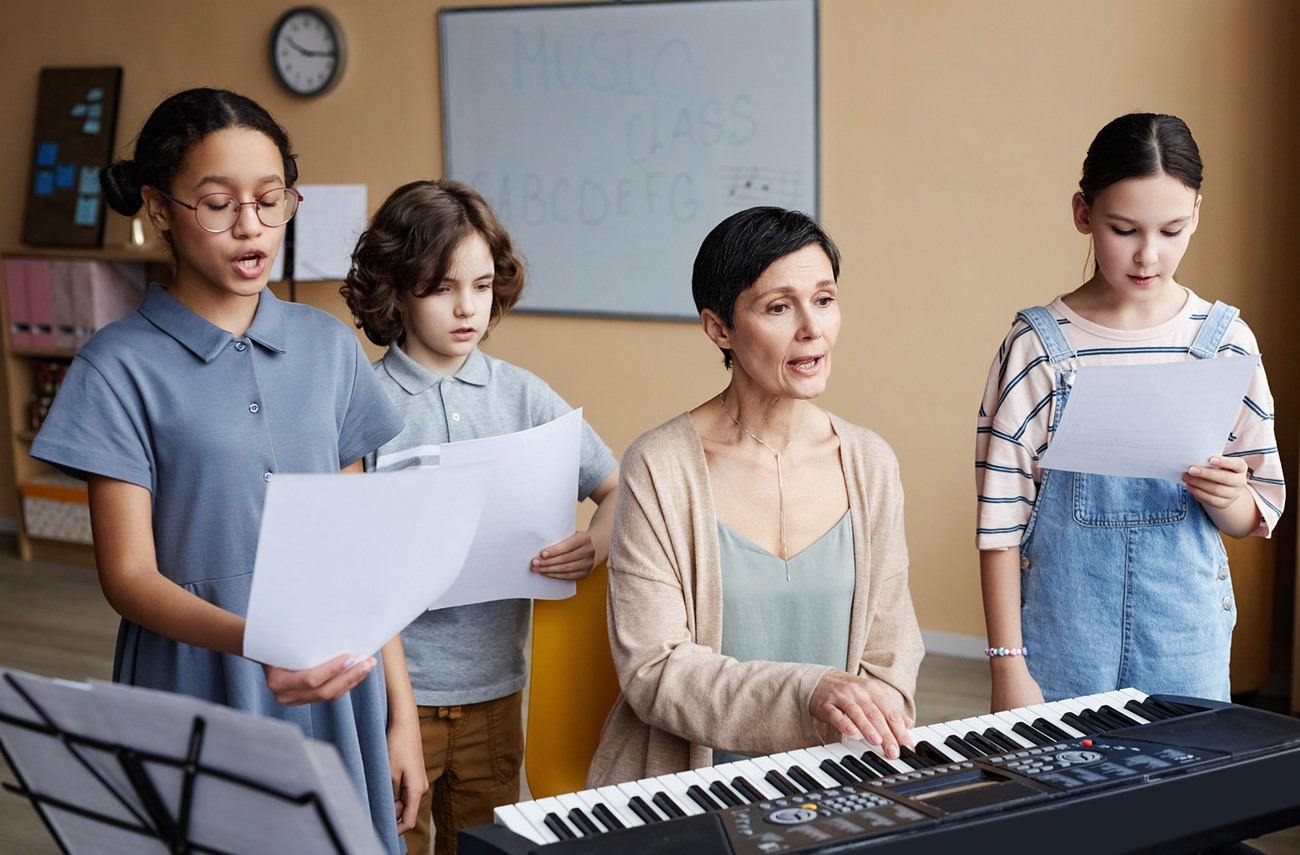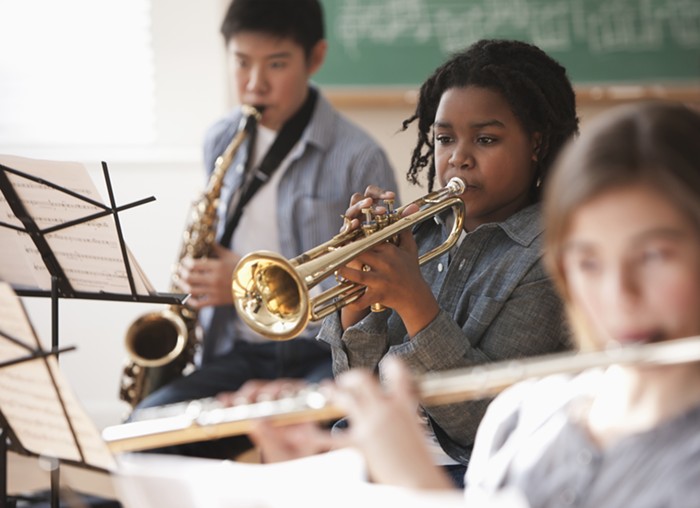While it has only been a month since I wrote about the lack of financial support for public music instruction, the landscape of education in Seattle has dramatically shifted. The announcement that Seattle Public Schools could soon be shutting down 20 of their 74 elementary schools further exposes the underfunding and mismanagement plaguing our educational system. I’m particularly anxious to see which schools will be shut down, having almost completed my Master of Public Health research into which schools within the Seattle School District are more likely to offer music programs.
My research found that while all Seattle elementary schools offer an instrumental music program for students selected through a lottery system, about a quarter of the schools lack foundational music classes available to all students.
Even more surprising is that because Seattle Public Schools operate under a Weighted Staffing Model—where schools choose which subjects they want their allotted specialist FTE to go toward—schools with higher populations of low-income and minority students are often the ones prioritizing music. Therefore, if those schools are targeted for closure, the consequences for music and educational equity would be severe. These troubling circumstances are not isolated to the Seattle School District alone; similar patterns can be observed in other nearby districts.
Armon Kush is a senior at Evergreen High School in South Seattle. He traces his musical beginnings to his time at Beverly Park Elementary, where he was among the first students in the new music program. His early exposure sparked his passion for music, starting with learning to play the trombone and later the tuba. Upon entering Evergreen High, Armon joined the school's jazz band, which, coincidentally, was also in its inaugural year. He fondly remembers the numerous galas and fundraisers that were held to support their band. "We performed at Universal Studios," Armon recalls with excitement. "We also gave back to the community by playing at events and retirement homes."
Unfortunately, starting in the 2023-24 school year, the vibrant program that had been all set for another performance in Los Angeles was defunded. “This is the first year I haven’t played any instruments. Music was my outlet to de-stress. Now that it’s gone, I’m upset and in disbelief," Armon lamented. "We were going to celebrate our senior year in LA by recording and playing music, and now we can't."
In Edmonds School District, a similar story unfolds from a different perspective. Jeff Horenstein, who’s been a music teacher at Meadowdale High School for eighteen years, now also teaches at Meadowdale Middle School due to budget cuts. Reflecting on his motivation to become a music teacher, Horenstein credits his middle school choir instructor. “If you ask any music teacher why they wanted to become one they’d probably tell you a story about one of their music teachers.”
Unlike most educators in the Edmonds School District who receive trigger stipends for oversized classes, music teachers like Horenstein do not qualify. Horenstein and his colleagues originally bargained for this exemption to ensure that students interested in music would not be turned away if the district sought to avoid paying these stipends. However, the district began to exploit this provision, using it to lower costs by eliminating and merging music classes. “Last year, every secondary music program lost classes. I had two separate choirs and was forced to combine them into one class of 60 students,” he explains.
Horenstein’s colleagues face similar challenges, with middle school band and orchestra classes exceeding 60 students, diminishing the ability to move around the classroom, let alone teach effectively. These large class sizes have also led to students quitting music for other extracurricular activities.
After hearing the stories of Armon and Mr. Horenstein, you might share the same questions I have. If districts cite fewer kindergarten enrollments as the main reason for budget cuts, then why are reductions sorely impacting older students whose needs remain? How can districts justify the elimination of programs like Armon’s, which have demonstrated their value in nurturing student talents and well-being, while forcing teachers to choose between keeping music education accessible and managing oversized classes? Most importantly, what actions can we take?
These cuts stem from a deeply flawed funding system at the state level. Solutions have to come from Olympia. Administrators, teachers, students, and community members must organize to voice their opposition to school and program closures. We owe it to students like Armon and educators like Mr. Horenstein to fight for a reliable funding mechanism that supports the arts consistently and equitably.
Nicole Stankovic is a Master of Public Health student at the University of Washington. She is also pursuing a Master's in Piano Performance. Her current research involves the effects of music on health.



















